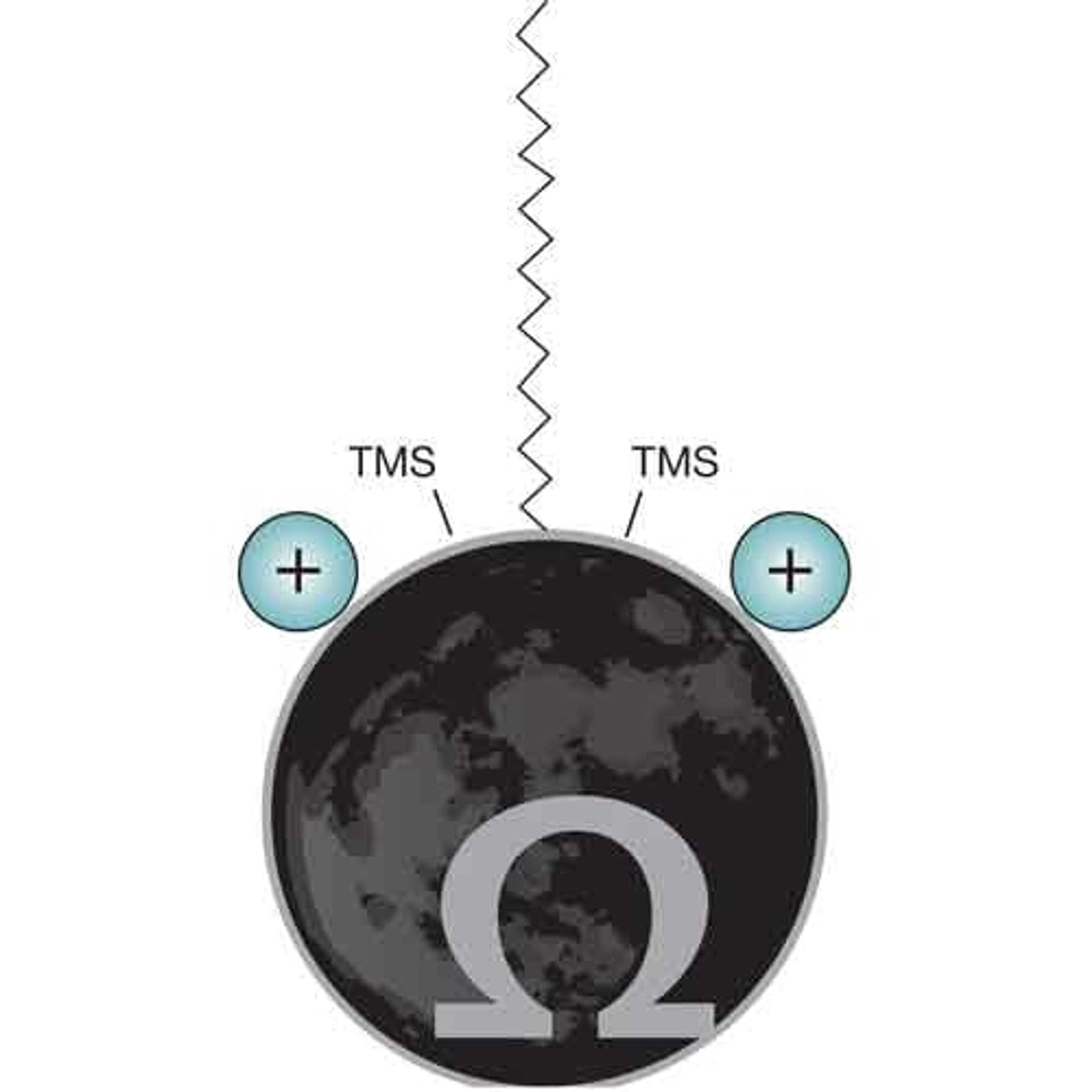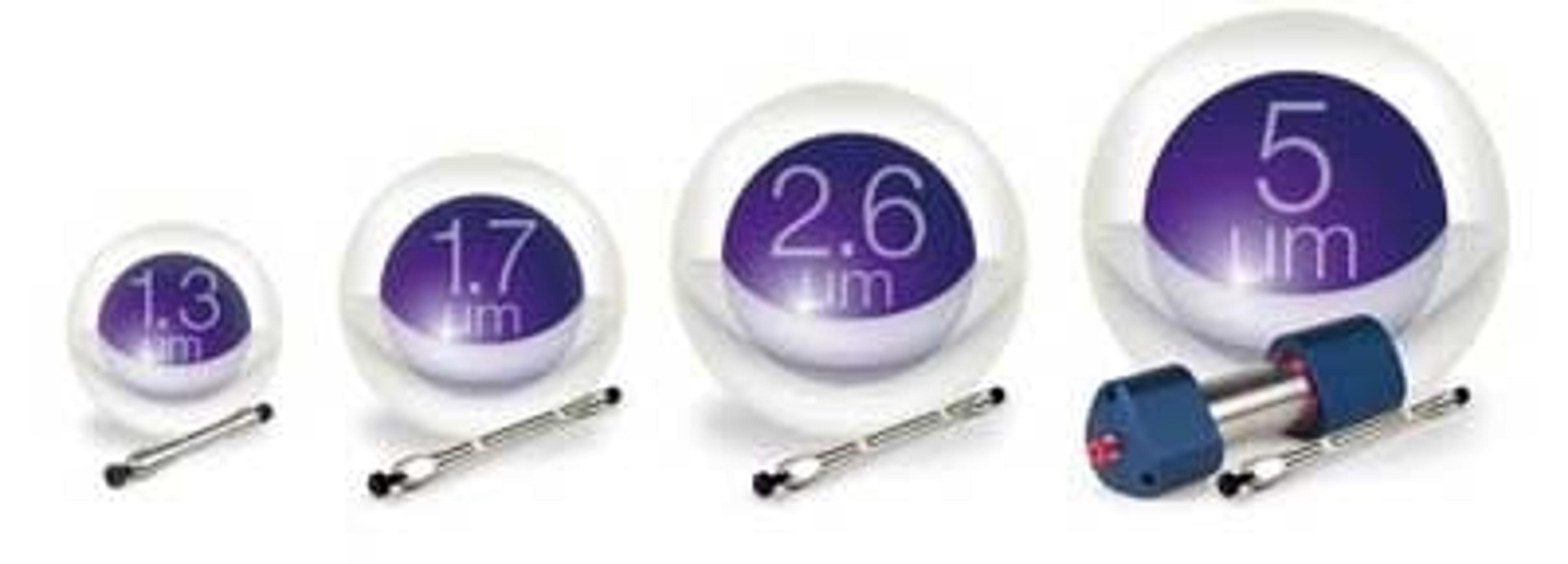Sample preparation and chromatography considerations in routine and advanced PFAS LC-MS/MS workflows
Understanding particle morphology and column chemistry contributions for HPLC and UHPLC analyses of PFAS
13 Oct 2019
Per- and polyfluorinated alkyl substances, or PFAS, are commonly used in surfactants and cleaning products, plastic packaging and are also used in a number of industrial processes. These are also persistent environmental pollutants that can accumulate over time in the human body leading to adverse health effects.
While PFAS continue to persist throughout the environment, there is additional interest is in expanding analyses for these compounds to include short chains, branched isomers, and newer GEN-X mixtures. As well as addressing the challenges of analyzing trace levels of these ubiquitous compounds, Scott Krepich, Global Industry Manager, Food and Environmental Testing at Phenomenex, covers a number of extraction solutions from more complicated matrices, including solid sediments and food samples.
In this webinar, now available on demand, Krepich reviews how column chemistry can help improve retention of the shorter acids, while maintaining selectivity throughout the aliphatic range, along with some branched isomers and new novel GEN-X related compounds. Sample preparation and chromatography considerations during both routine and advanced LC-MS/MS workflows for trace level contaminants including PFAS and GEN-X compounds are also explored.

Read on for highlights from the webinar Q&A session or register to watch the full webinar on demand.
Watch Webinar NowQ: Is the Luna Omega PS C18 column stable at basic pHs?
SK: No, it is only pH stable from 1.5 to 7.5. Basic pH workflows aren't all that common in the mobile phase for PFAS analyses. It is no problem if you're injecting a small amount of sample volume (less than 50 microliters). If you are injecting a large volume (>100 microliters) alkaline sample or running with a basic pH mobile phase, then I recommend our pH stable Gemini C18 or Kinetex EVO C18 chemistries that are stable from pH 1-12.
Q: What are the detection limits for PFOA and PFOS in drinking water?
SK: In the U.S., this is determined state by state. In California, they were just reduced to 12 PPT and 13 PPT respectively, but all the other requirements are readily available at epa.gov.
Find out more on this topic by watching the full webinar on demand>>
SelectScience runs 3-4 webinars a month across various scientific topics, discover more of our upcoming webinars>>



